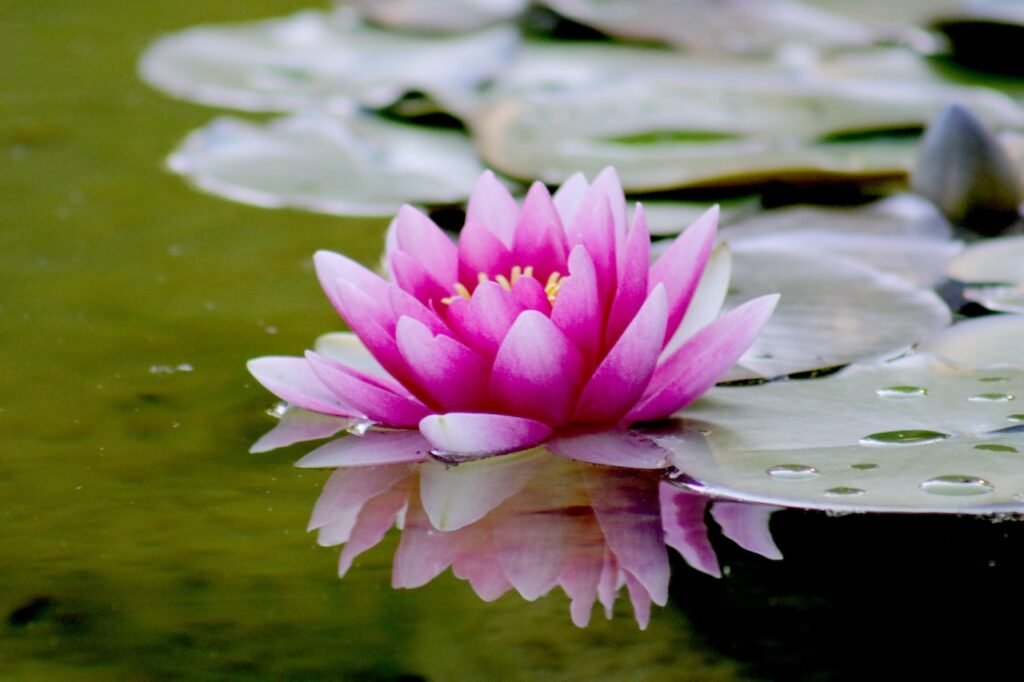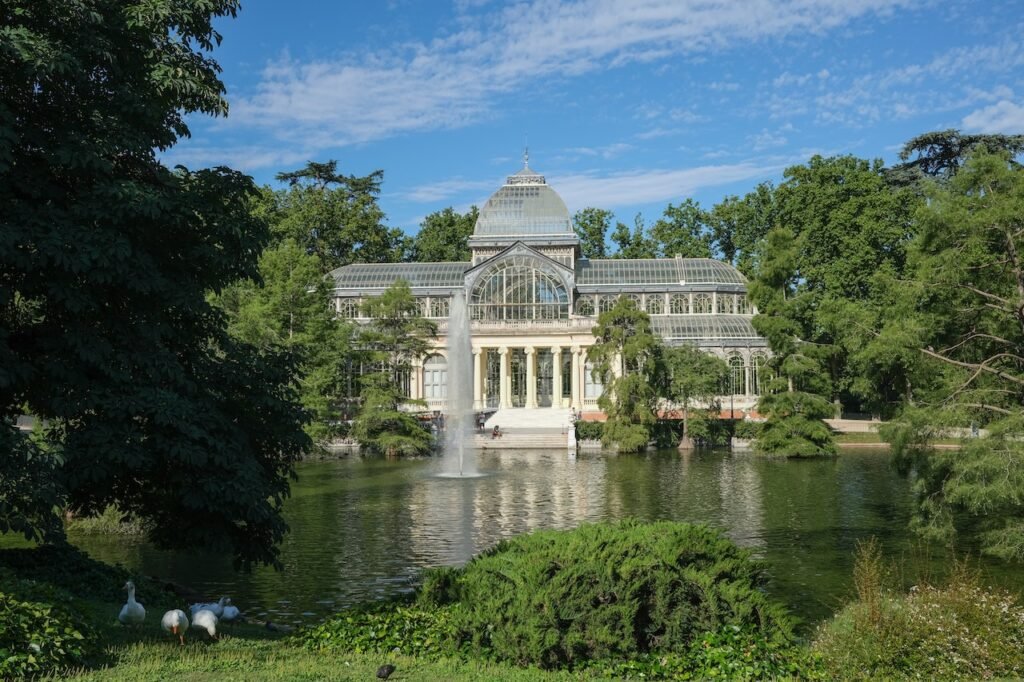How to Get Rid of Pond Algae?
The pond is a wonderful addition to your garden that enhances the charm of your outdoor space and provides a spot for relaxed and peaceful meditation. But it loses all of its joy and harmony if the pond water is murky and green like a pea soup or filled with hairlike green strands that stick to rocks, pond decorations, and liners.
Why pond water becomes green?
Because someone has added green color to your pond water, that’s not true. Green water is due to microscopic algae replicating to evolve into algal bloom. These single-celled organisms are so tiny that they can easily pass through even the most delicate filters.
What are hairy green strands in the pond?
They are another type of algae, named string or hair algae. They grow in long, filamentous strands that ultimately twist together, forming huge, unattractive mats that can double their weight within 24 hours.
From where do algae comes into my pond?
The answer is booming in the wind. Algae grow from spores, not from seeds. Millions of these spores exist in the environment, delivered to the pond as soon as the wind blows. These spores are everywhere, and there is no way to stop them. The only thing we can do is find a way to prevent them from growing enormously.
Why are algae terrible for pond fishes?
Algae are primitive plants that, via photosynthesis, combine water and carbon dioxide to form sugars for energy and growth. Algae produce oxygen, a valuable by-product, but they quickly respire when sunlight is unavailable at night. This respiration uses the stored sugars and oxygen to form carbon dioxide, depleting the pond’s oxygen, and leading to fish death.
Get Rid of Pond Algae
Suppose you want to clean your pond with a long-term natural solution or use a mechanical or chemical solution to remove algae from the pond. In that case, all the treatments in this article will undoubtedly solve all the pond algae problems.
Provide shade to the pond:
If you plan to install a new pond in your garden or backyard, consider setting it up in an area with very little sunlight. As algae need sunlight to grow, it will hinder their growth. Please do not rely on trees for shade, as they may shed their leaves in pond water. Fallen leaves will eventually rot and cause algae to grow. Custom shade mats are another handy option that provides shade to the pond and prevents excessive algae growth.
Stone or brick rim:
Build a rim or buffer around your pond to keep new water out that contains nutrients for algae growth. It also prevents pesticides, herbicides, and fertilizers from entering a pond that is detrimental to pond animals and plants. So, building a brick rim is a smart move in getting rid of recurrent algae growth.
Stone rims or buffers are safe for fish and also add a beauty element to your pond. If you grow plants alongside the edge, that will attract butterflies and birds also.
Add aquatic plants to your pond to get rid of algae
Like other living organisms, algae live by absorbing nutrients from the water. Adding more attractive plants such as watercress to your pond will absorb the nutrients and prevent algae growth. It adds more beauty to your pond as well as cleans the water.

Avoid overfeeding pond fish
Fish food residues are also a common problem that leads to excessive algae grow h. If you have fish in the pond, only feed them as much as they can eat in 5 minutes. If you provide them with a lot, the excess food can be driven to the bottom and rot, catalyzing algae growth.
Skimmer or net
Use a skimmer or net to remove the algae from the top of your pond. It may take some time, but you will see results as soon as you complete the cleaning. This process is a quick fix but not a long-term solution. Removing algae does not prevent algae from growing again.
Pond or lake dye:
Aquatic dyes shield the algae from sunlight, slowing their growth. Blue paint is harmless to fish and animal life but proves lethal to algae. Its best practice to apply the blue dye in spring and reapply it in summer before algal bloom. Adding coloring will make frogs and other aquatic animals less visible and most effective in controlling the growth of green and plankton algae.
Algaecides:
Spray algaecides on the pond water to kill algae and clear your water. You may see results in 3 to 10 days. Algaecides are copper-containing chemicals that specifically kill the algae but make sure to spray a specific quantity onto pond water. Excessive use may damage your pond ecosystem and harm animals in or near it.
Beneficial bacteria tablets:
Bacteria play a vital role in the pond ecosystem. It not only eats the dead organic matter but also eats the same nutrients as algae. Hence increasing the number of good bacteria in the pond will help starve algae to prevent growth.
In addition, beneficial bacteria help break down sediments on the pond floor, remove odor, reduce oxygen demand, convert fish waste into harmless nitrates and keep your fish from dying from ammonia poisoning.
Algaecide can destroy algae but are a temporary solution. The algae destroyed by algaecides collects on the pond floor and serve as organic compost for new algal spores to grow. It may worsen the situation. To be successful with algaecides, add beneficial bacteria tablets to your pond and let the little bacteria do their job. The bacteria tablets are fish friendly and available at pet stores.
Aerators, or fountain:
Install a fine bubble aerator in the deepest part of the pond to enhance oxygen circulation. A sound aeration system is significant for maintaining a healthy aquatic environment. It helps to reduce the growth of harmful bacteria that flourish in deep water and make room for beneficial bacteria that will break down dead and decaying organic matter on the pond floor, leaving nothing for algae to feed on.

Algae eaters:
It’s an excellent approach to getting rid of pond algae. Add animals that directly feed on algae. Consider adding tadpoles or aquatic snails to your pond, and watch them grow. They will begin to eat algae in your home and bring more life to the pond. Tadpoles also eat mosquitos and other small insects that settle on the top layer of pond water.
UV sterilizer water filter:
Ultraviolet rays are an excellent source of killing and damaging organic matter, including algae. Install pond filters with a UV sterilizer to break down algae. It’s harmless to fish. After 3 to 5 days, the water will be clear and algae-free. Filters with UV sterilizer are expensive but are worth buying in addition to your pond.
Hydrogen peroxide:
Hydrogen peroxide damages the algae and breaks them down into oxygen and water. Completely safe for fish when used in the correct amount and way. Direct contact with fish gills cause damage, so keep it away from fish and stir the water to mix.
Conclusion:
No pond is entirely free of algae, but a balanced environment can keep algae in check. UV sterilizers, water treatments, and other algae killers are effective ways to treat and prevent algae growth in pond water. But don’t ignore Mother Nature. Adding plants and barley straw are natural long-term solutions to the algae problem.
